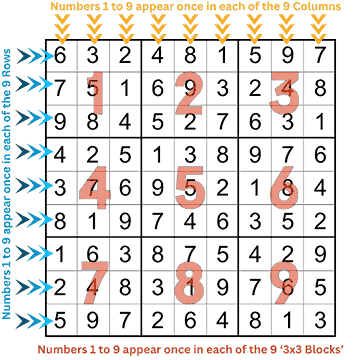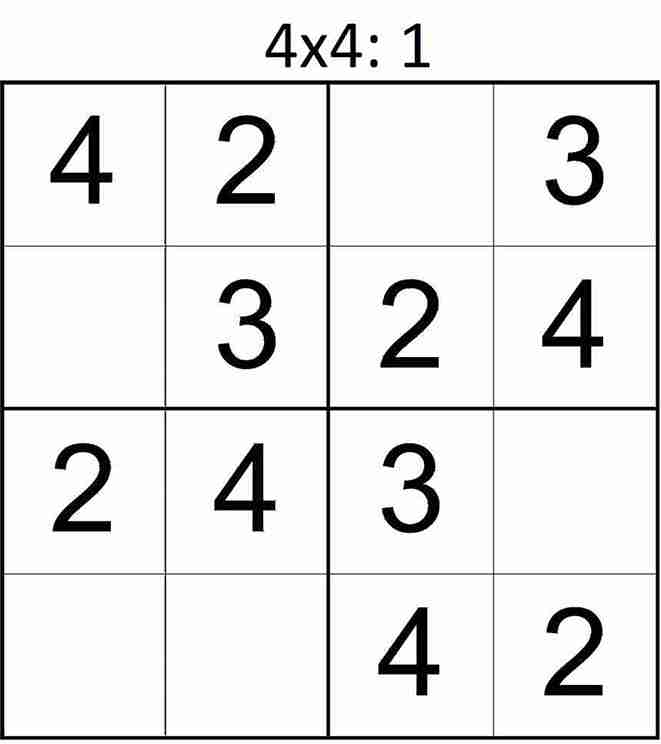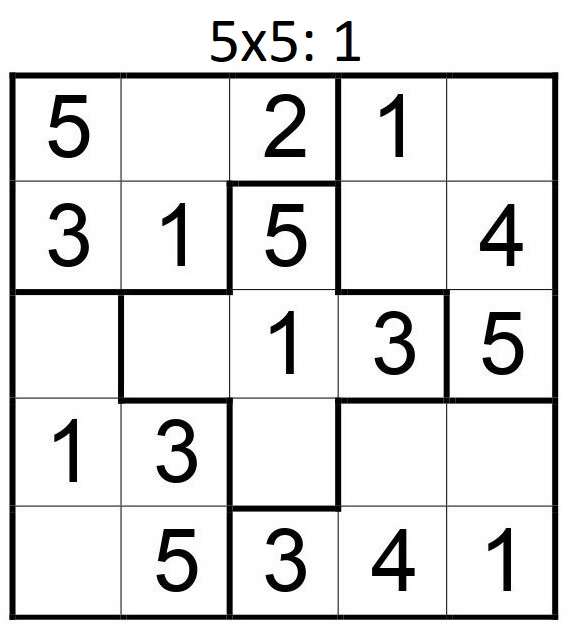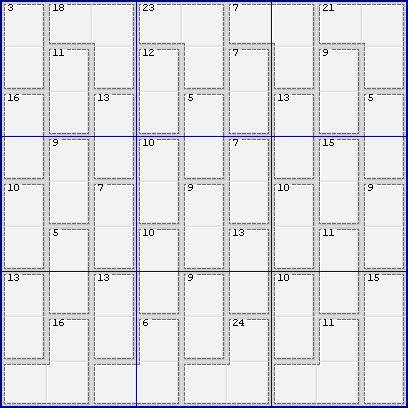Table of Contents
- Introduction
- Understanding the Classic: A Quick Refresher
- Easy Variants for Beginners
- Mini Sudoku (4×4, 6×6)
- Sudoku X
- Intermediate Variants: Stepping Up the Challenge
- Windoku
- Jigsaw Sudoku
- Even-Odd Sudoku
- Advanced Variants: For the Sudoku Masters
- Killer Sudoku
- Samurai Sudoku
- Tips to Master Any Sudoku Variant
- Conclusion: Your Journey from Beginner to Master
- FAQs
1. Introduction
Do you think that Sudoku is just a simple numbers game? Think again! While classic Sudoku is a great mental workout, the fun doesn’t stop there. Variants of this beloved puzzle take things up a notch, challenging your logic in unexpected ways. Whether you’re just getting started or already a Sudoku pro, this guide will introduce you to a variety of Sudoku types that will keep your brain buzzing.
2. Understanding the Classic: A Quick Refresher
Before exploring the fascinating world of Sudoku variants, let’s do a quick recap. Classic Sudoku is played on a 9×9 grid, divided into nine 3×3 sub-grids. The goal? Fill every row, column, and sub-grid with the numbers 1-9, ensuring no duplicates. Simple in concept, yet solving it requires strategy. Techniques like scanning, cross-hatching, and pencil-marking help crack even the trickiest puzzles.
Now that we’ve laid the foundation, let’s shake things up with some fun variations!

3. Easy Variants for Beginners
Not ready to jump into the deep end? Start with these beginner-friendly variations that add just a little twist to the classic rules.
Mini Sudoku (4×4, 6×6)
Sometimes, less is more! Mini Sudoku follows the same logic as the traditional version but on a smaller grid. A 4×4 puzzle uses numbers 1-4, while a 6×6 version goes up to 6. These puzzles are great for quick practice sessions and perfect for kids or beginners easing into Sudoku. Show me the puzzles.


Sudoku X
Think classic Sudoku, but with an added challenge—the diagonals must also contain unique numbers. Learn more. That’s right! Those extra constraints mean you have more patterns to look for and fewer possible placements for each number. It’s an excellent way to sharpen your skills without feeling overwhelmed. Show me the puzzles.

4. Intermediate Variants: Stepping Up the Challenge
Once you’re comfortable with the basics, it’s time to test your brain with variants that demand a bit more strategy.
Windoku
At first glance, Windoku looks like a regular 9×9 grid. But look closer—four extra shaded regions also need to contain numbers 1-9. Learn more. This extra layer of logic forces you to think beyond the standard rules, making it a fantastic stepping stone towards more complex variants. Show me the puzzles.

Jigsaw Sudoku
Forget neat, uniform boxes—Jigsaw Sudoku replaces traditional 3×3 sub-grids with irregularly shaped regions. The goal remains the same, but the non-standard shapes add a fresh challenge. If you love logic puzzles and pattern recognition, this one’s for you! Show me the puzzles.

Even-Odd Sudoku
Here’s a Sudoku puzzle with a twist—some cells are pre-labeled as even or odd. This additional restriction forces a different solving approach, making it both fun and surprisingly tricky. It’s a great way to stretch your logical thinking in new directions.
5. Advanced Variants: For the Sudoku Masters
If you’ve conquered the intermediate puzzles and crave something more demanding, these Sudoku variants will push you to the limit.
Killer Sudoku
Sudoku meets math! Killer Sudoku combines classic rules with cages—outlined groups of cells that must sum up to a specific number. No repeated digits within a cage! Solving requires both logical deduction and arithmetic skills, making it one of the most satisfying variants.

Samurai Sudoku
Why solve just one Sudoku when you can solve five at once? Samurai Sudoku features five overlapping 9×9 grids, sharing common sections. This colossal puzzle demands an incredible level of focus and strategy—perfect for those who love a serious challenge. Show me the puzzles.

6. Tips to Master Any Sudoku Variant
Regardless of which variant you choose, these expert tips will improve your solving skills:
- Use Pencil Marks: Writing down possible numbers helps visualize options and narrow choices.
- Spot Patterns: Every Sudoku puzzle has hidden patterns—learn to recognize them.
- Start with the Easiest Clues: Filling in the most obvious numbers first makes the rest of the puzzle more manageable.
- Practice Regularly: The more you solve, the sharper your logic skills become.
- Experiment with Variants: Switching between different Sudoku types enhances your overall problem-solving ability.
7. Conclusion: Your Journey from Beginner to Master
From Mini Sudoku to the brain-bending Samurai Sudoku, each variant offers a fresh challenge. Whether you’re just starting or seeking a more advanced puzzle, Sudoku has something for everyone. So, what’s your next challenge? Pick a variant, grab a puzzle, and let the solving begin!
8. FAQs
Q1: Which Sudoku variant is best for beginners?
Mini Sudoku (4×4 or 6×6) and Sudoku X are great choices for newcomers. They introduce logical thinking without overwhelming complexity.
Q2: What’s the hardest Sudoku variant?
Many puzzle enthusiasts consider Samurai Sudoku or Killer Sudoku among the toughest due to their intricate logic and multiple constraints.
Q3: Can solving Sudoku variants improve my classic Sudoku skills?
Absolutely! Playing different variants enhances your problem-solving strategies, making classic Sudoku feel easier over time.
Q4: Where can I play Sudoku variants online?
Several websites offer free Sudoku puzzles, including variants. Click here for Sudoku variants books!
